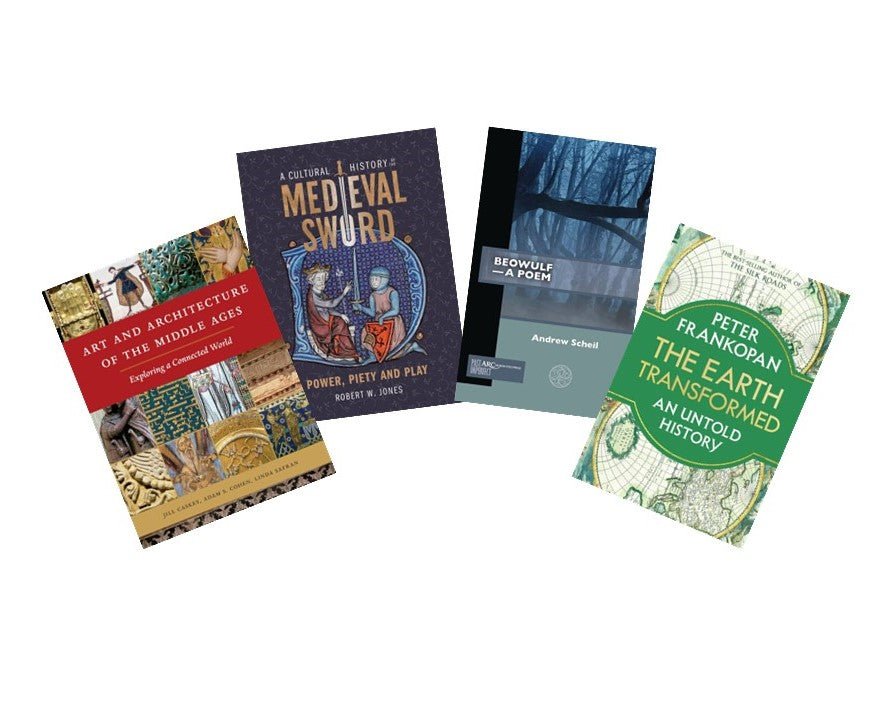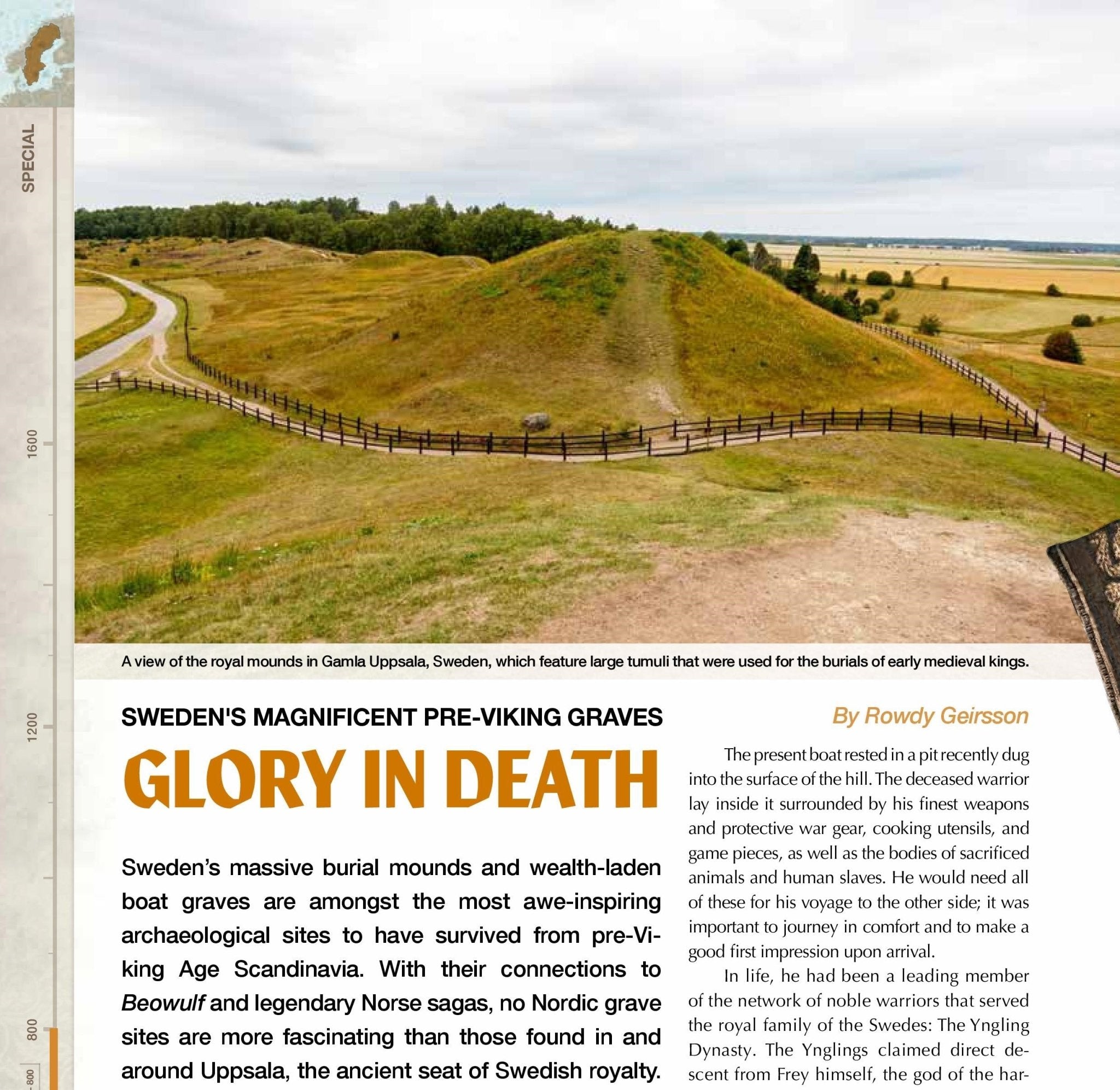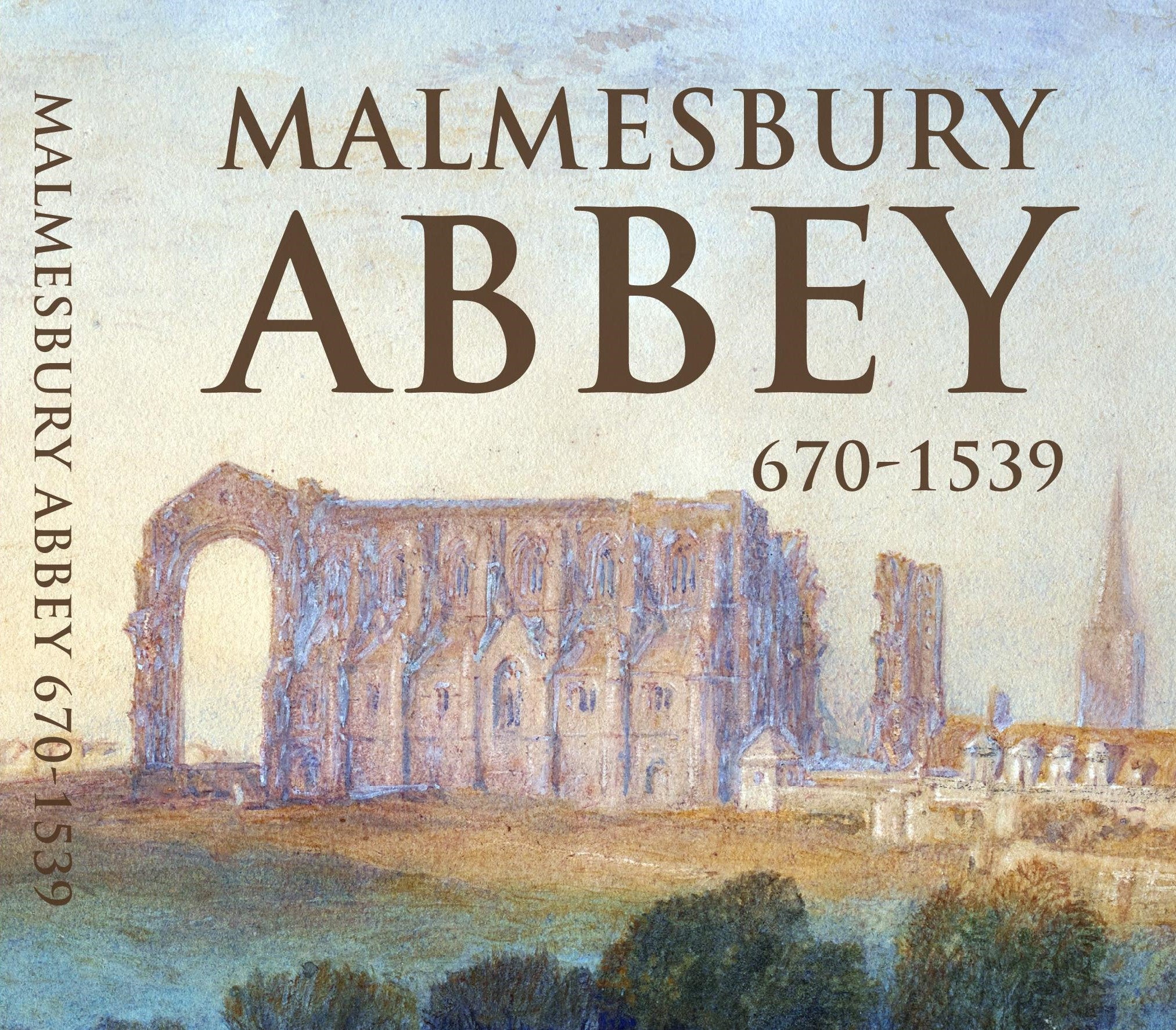A legend grows
The Middle Ages was a time of myths and legends. Many of the famous tales of the era have completely fictional origins. For example, the story of Prester John, the Christian monarch that ruled a magical kingdom in Asia (or Africa), was one which contains a lot of nonsense, even if the story was inspired by real events (for more information, see Filippo Donvito’s article about Prester John inMedieval Warfare III-6). Others, such as the stories of King Arthur, may have had some historical roots, but many of those sources have been lost, leaving behind only the legends. Yet others, such as the legend of Theoderic the Great, or of Roland, have known historical origins, but have grown into myths over time.
The Battle of Roncevaux Pass
The historical basis of The Song of Roland (De Chanson de Roland) is Charlemagne’s 778 invasion of Islamic Spain (Al-Andalus). In 777, three Moors (Muslims from Spain) arrived at Charlemagne’s court. They were envoys from the autonomous Islamic cities of Saragossa and Barcelona, seeking protection from the powerful emir of Cordoba, who was attempting to take control of all of Spain. According to the Latin sources, the Moors were there to “submit (…) [their] cities” (Royal Frankish Annals, trans. by B. W. Scholz, entry for 777, p. 56; p. 156, note 3) to the Frankish king. Most likely, the Moorish visitors were only seeking an alliance or a defense pact; they did not intend to be directly ruled by Charlemagne.
Whatever the Moors were expecting, what they got was “the largest military expedition he [Charlemagne] could collect” (Einhard, The Life of Charlemagne, trans. by A. J. Grant, Ch. 9, p. 19). One part of the huge army marched by the Roncevaux Pass in the Central Pyrenees to Pamplona and Saragossa. The other part marched from Narbonne over the mountains to Barcelona. While the Franks had had great hope of taking many cities, very little was accomplished. Pamplona opened its gates to the Franks, but Barcelona and Saragossa did not. In frustration, the Franks laid siege to Saragossa, but could not capture the city. So, in the late summer of 778, they retreated from Spain. On their way out of the country the Franks: “destroyed Pamplona, and subdued the Spanish Basque (Wascones or Gascons), and the people of Navarre” (Royal Frankish Annals, entry for 778, p. 56). Why the Franks destroyed the city is subject to speculation, but there is little doubt that it was this act that lead to what happened next.
On August 15, 778 the Frankish army was crossing the Pyrenees through the Roncevaux Pass. As the rear guard and baggage train approached the top of the pass, the Basques, incensed over the destruction of Pamplona, attacked. The fierce mountaineers “slew their opponents to the last man” and among the dead were “Roland, prefect of the Breton frontier” (The Life of Charlemagne, Ch. 9, p. 20). The Basque warriors looted the baggage and then “so completely disappeared that they left behind them not so much as a rumor of their whereabouts. ” (The Life of Charlemagne, Ch. 9, p. 20).
The Battle of Roncevaux Pass, besides being Charlemagne’s only recorded military setback, is otherwise a minor affair; more a skirmish than a battle. Yet, this relatively insignificant clash in a remote corner of the vast Carolingian Empire gave birth to one of the great medieval legends, as well as one of the great works of Western literature: the Song of Roland. All this begs the question of how this rather inconsequential incident grew into the chanson de geste (‘song of heroic deeds’).
The Song of Roland
First, even in the bare bones accounts we have in the sources, are the seeds of a very compelling story. There are hints of treachery: the battle was brought on “through treason of the Gascons [Basques]” (The Life of Charlemagne, Ch. 9, p. 19). Also, the fight was presented as a desperate last stand of the heroic Franks against the perfidious Basques. Further, there are specific people mentioned: Eggihard, Anselmus, and Roland, which provided a good “hook” on which to build the tale. However, the reason why Roland was selected to be the subject of the legend over the others is impossible to know.
Next, the battle took place on what would become one of the well-trod pilgrimage routes of the Middle Ages; El Camino de Santiago (‘the Way of Saint James’), which leads to Santiago de Compostela where Saint James the Greater is supposedly buried. The first recorded pilgrimage to Santiago de Compostela from France was in 951. Then, over the next hundreds of years, literally thousands of people followed the pilgrim’s route; not just the religious, but merchants, soldiers and, most importantly for the development and spread of the legend, wandering minstrels, or jongleurs.
It is easy to imagine that after a day of trekking up and down the pass, weary travelers would gather to hear some local storyteller relate the story of the battle, which was then merely a local legend. Likely it was about this time that the tale underwent its first major revision; that is the Frank’s enemies were changed from the Christian Basques to the Muslim Moors.
Making the Muslims the great enemies of the Franks added a great deal of drama and immediacy to the myth. Starting with the invasion of Spain by the Umayyad’s, Muslim and Christian kingdoms would vie for power in the Iberian peninsula (and sometimes even above the Pyrenees) until the fall of Grenada in 1492. At the time the Song of Roland was developing toward its final form, the Franks had managed to establish the Spanish March (Marca Hispanica) starting in 801 with the capture of Barcelona. Also the Christian Reconquista was gaining ground in northern Iberia with the founding of the Kingdoms of Navarre in 824 and of Leon in 910. However, many Christian powers in Europe still perceived the Muslims to be their greatest enemy. The struggle between the Muslims and the Christians was very much a see-saw war. Aside from the Spanish battleground, Muslim pirates from both Southern Spain and North Africa still regularly raided the Mediterranean islands and coasts of Italy and France throughout the ninth through the eleventh centuries.
During this time, jongleurs travelled from place to place, performing at fairs, weddings and in the halls of the great magnates. Literally ‘singing for their supper’, they spread the Chanson far and wide. As the legend spread, multiple versions of the story existed, with each individual or group of minstrels having different renderings of the basic tale. Moreover, it is likely that the actual performances of the song also varied widely; from a single minstrel reciting the poem without music, to adding a musical accompaniment to the recitation, to groups performing the story very much like a stage drama, with different jongleurs relating different parts. The dialogs between Roland and his friend Oliver may have been particularly evocative in this manner.
The second major revision to the historical facts likely took place as the different versions of the song were performed. That is, Roland transformed from being merely one of Charlemagne’s many warrior counts and Prefect of the Breton March to the Emperor’s nephew and his greatest knight. This change of Roland’s status brought the character closer to the character of Charlemagne in the Song. This transformation was no doubt caused by the view, popular in the eleventh century, that Charlemagne’s time had been very much a golden age.
Around the year 1000 the Chanson de Roland was so popular that it was common practice to name sets of brothers ‘Roland’ and ‘Oliver’. Further, Robert Wace, in his Roman de Rou (trans. by G. S. Burgess, p. 181) says that at the 1066 Battle of Hasting: “Taillefer, a very good singer, rode before the duke [William of Normandy] on a swift horse, singing of Charlemagne and of Roland, of Oliver and of the vassals who died at Rencesvals [Roncevaux].” William of Malmesbury says in his Gesta regum Anglorum (trans. by R.A.B. Mynors, Vol. I, p. 455) that: “Then they [the Normans] struck up The Song of Roland to fire them as they went into battle with the example of a heroic warrior.” Of course, there is no way to know which version of the legend the Normans recited as they rode forward, but what is clear that the tale was so well-known that large numbers of the Norman mounted troops could recognize it and even join in singing parts.
Sometime between 1040 and 1115 the Chanson de Roland was at last written down, perhaps by a poet or scribe named Turoldus. The oldest extant manuscript copy is at the Bodleian Library at the University of Oxford; it dates from between 1140 to 1170 and is written in Anglo-Norman French. In the time that the Song was written into its final form and copies, such as the one at Oxford, were made, Christian Europe was in the midst of one of the most active periods in the long struggle with Islam. Crusades to free the Holy Land from Muslims were being called and the Reconquista was still ongoing. So, in the face of what was perceived as a great threat to Christendom, the Song of Rolandbecame a call for the nobility and royalty of Europe to unite against the threat of Islam.
Patrick Baker’s article, The death of Roland: the Battle of Roncevaux Pass, is published in Medieval Warfare III-6.
Further reading
- Royal Frankish Annals in Carolingian Chronicles, trans. by B. W. Scholz. Ann Arbor 1970.
- Einhard, The Life of Charlemagne in Early Lives of Charlemagne, trans. A. J. Grant. London 1905.
- G. Brault, Song of Roland: An Analytical Edition. Philadelphia 1978.
- Ian Short, La Chanson de Roland. Paris 1990.
- W.S. Merwin, The Song of Roland. New York 2001.




